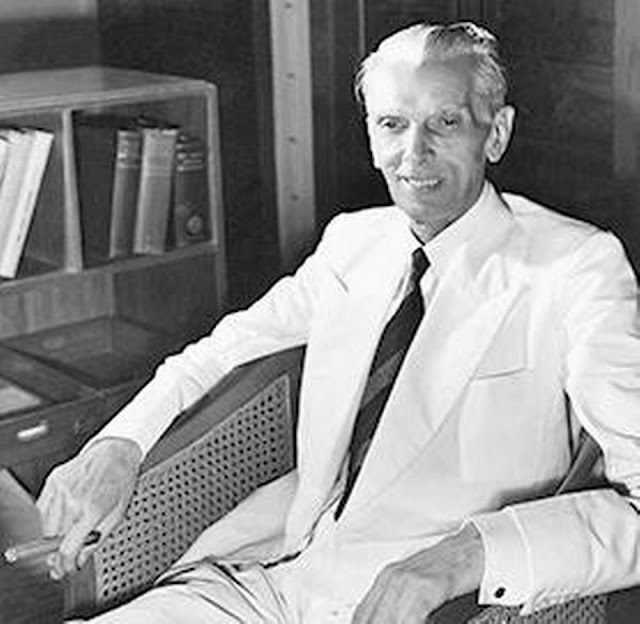Remove Jinnah’s portrait
The article below was published in the Hindu dated 9the May 2018
and was written by Mr.Mohammed Ayoob, Professor Emeritius of International
Relations, Michigan State University, and Senior Fellow Centre of Global
Policy, Washington DC and above all, he is an alumnus of Aligarh Muslim
University, Utter Pradesh.
Among other things, he says: Jinnah sacrificed Indian Muslims' interests on the basis of a spurious theory that suited his ambitions. In fact, Jinnah's portrait should have been removed from AMU not in 1947 but on March 23, 1940, when the Muslim League adopted the Pakistan resolution that demanded the division of India and of Indian Muslims.
Kindly read the full essay from here:
It is true that Jinnah alone was not responsible for Partition. The Congress leadership made major mistakes in dealing with Muslim demands, and Hindu nationalists, both within and outside the Congress, exacerbated the Muslim elite’s sense of insecurity. But in the final analysis, Jinnah’s and the Muslim League’s culpability was greater than that of any other leader or party. In 1940, the Jinnah-led All India Muslim League renounced the primary goal for which it was founded. This was not the undermining of India’s political unity but the protection of the interests of Indian Muslims where they were most vulnerable within a united India. Instead, Jinnah authored the two-nation theory that, contrary to historical evidence, asserted that Hindus and Muslims formed two distinct nations that could never live together.
The demand for Pakistan was a clear abdication on the part of the Muslim League of responsibility for the protection of Muslim interests in the minority provinces, which had been its raison d’être. Jinnah was responsible for this distortion of the party’s objective. Jinnah, who prided himself on being the sole spokesman of all the Muslims of India, advocated the establishment of a separate Muslim state composed of those areas — the Muslim majority provinces — where Muslims did not need protection. This was the most illogical strategy if Jinnah and the Muslim League really had the interests of all Indian Muslims at heart.
His propagation of the two-nation theory made it clear that Jinnah was not only primarily responsible for Partition but also a traitor to the cause of Indian Muslims who remained in the Indian Union. By separating the Muslim majority provinces from the rest of India, he left the Muslims of India far more vulnerable than would have been the case had India remained united. It was, and remains, an unforgivable crime as far as Indian Muslims are concerned.
In fact, Jinnah’s portrait should have been removed from AMU not in 1947 but on March 23, 1940, when the Muslim League adopted the Pakistan resolution that demanded the division of India and of Indian Muslims. It is an insult to Indian Muslims that the portrait of a person who sacrificed their interests on the basis of a spurious theory that suited his ambitions should be displayed at a university that prides itself as Indian Muslims’ premier educational institution.




Comments